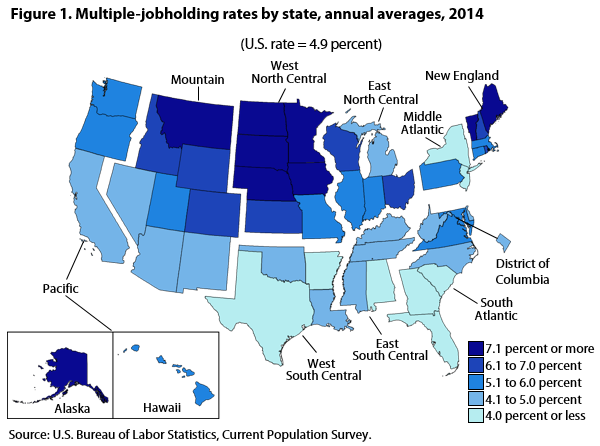The diminishment of Arctic sea ice has led to increased human activities in the Arctic, and has heightened interest in, and concerns about, the region’s future. The United States, by virtue of Alaska, is an Arctic country and has substantial interests in the region. On January 21, 2015, President Obama issued an executive order for enhancing coordination of national efforts in the Arctic. The United States assumed the chairmanship of the Arctic Council on April 24, 2015, and will serve in that capacity for two years.
Record low extents of Arctic sea ice over the past decade have focused scientific and policy attention on links to global climate change and projected ice-free seasons in the Arctic within decades. These changes have potential consequences for weather in the United States, access to mineral and biological resources in the Arctic, the economies and cultures of peoples in the region, and national security.
The five Arctic coastal states—the United States, Canada, Russia, Norway, and Denmark (of which Greenland is a territory)—are in the process of preparing Arctic territorial claims for submission to the Commission on the Limits of the Continental Shelf. The Russian claim to the enormous underwater Lomonosov Ridge, if accepted, would reportedly grant Russia nearly one-half of the Arctic area. There are also four other unresolved Arctic territorial disputes.
More from
FAS



